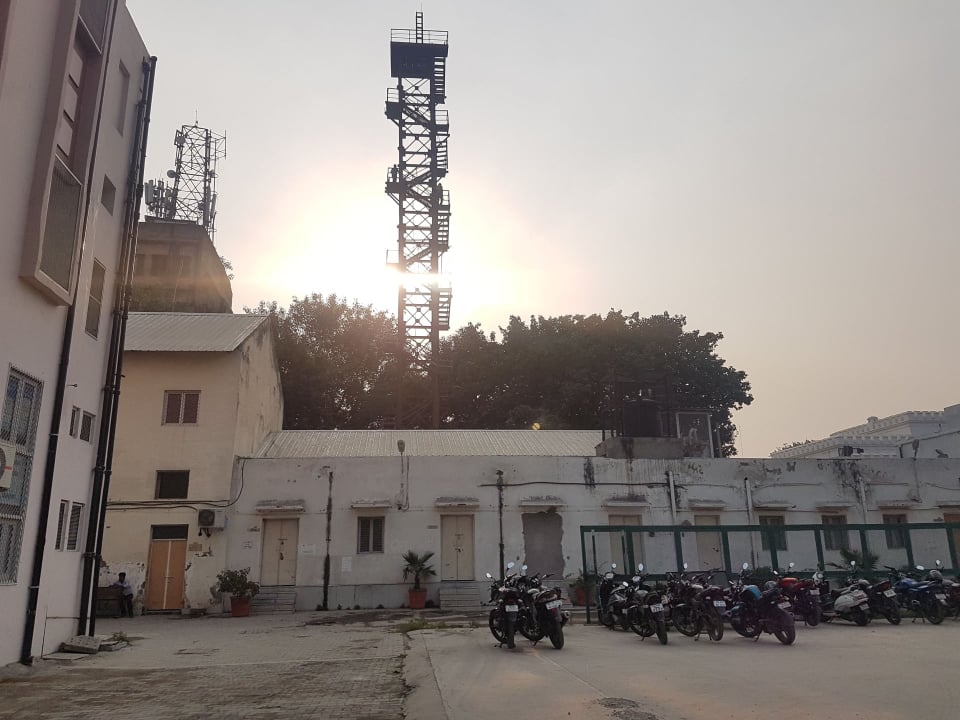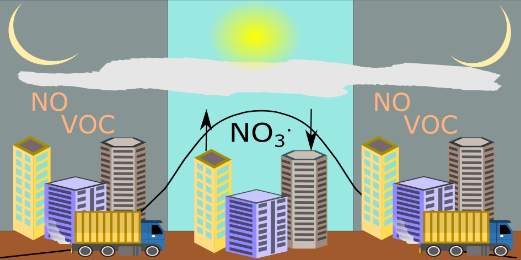New study highlights the effects of extreme air pollution in Delhi
A collective team of researchers led by Wolfson Atmospheric Chemistry Laboratories (WACL) at the Department of Chemistry, the National Centre for Atmospheric Science (NCAS) and other research institutes have discovered the first evidence of the absence of nocturnal oxidation chemistry in the urban megacity of Delhi during highly polluted events.

Delhi, India is one of the most polluted megacities in the world. Levels of multiple pollutants regularly exceed World Health Organisation (WHO) limits. Previous studies have shown that high concentrations of pollutants have led to increased morbidity and premature mortality.
Beth Nelson and Dan Bryant working together with a team of national and local partners from across the DelhiFlux project, collected a comprehensive suite of primary (directly emitted) pollutants, including nitrogen oxides (NO and NO2) and > 80 different species of volatile organic compounds during two field sites in Delhi, this took place place during the pre and post-monsoon seasons, May-June and October-November 2018. The research was funded by the Air Pollution and Human Health in a Indian Megacity programme, a four year research programme jointly funded by the Natural Environment Research Council (NERC), the Medical Research Council (MRC), the Newton–Bhabha Fund, and the Ministry of Earth Sciences (MoES) and Department of Biotechnology (DBT).
High levels of pollutants were observed during both studies. During the post-monsoon period, extremely high concentrations of pollutants were measured at night. In particular, very high levels of nitrogen oxide (NO) were detected, which were around 400 times higher in the post-monsoon than in the pre-monsoon at night.
The study models the effect of the extreme night-time concentrations of NO, predominantly emitted from fossil fuel combustion processes such as vehicular emissions, and reveals an unusual night-time radical “desert” where all radical species are suppressed, leading to no oxidation chemistry at night.

The research suggests that this suppression of chemical activity at night could be contributing towards a build-up of primary pollutants in the evening, which then undergo rapid chemical reactions when the sun rises. This leads to a shift in peak secondary pollutant production, with major pollutants such as ozone peaking at midday rather than later in the afternoon, which is more typical. The high levels of pollution observed at night may also be exacerbated by pollution abatement strategies restricting the movement of Heavy Goods Vehicles (HGVs) during the day, which could lead to more HGV activity at night.
Beth Nelson, project lead said “The research highlights the importance of pollution reduction strategy design in urban centres such as Delhi and a need for emission reduction policies which focus on reducing emissions throughout the entire 24 hour period.”
This research has been published in Environmental Science & Technology Letters.